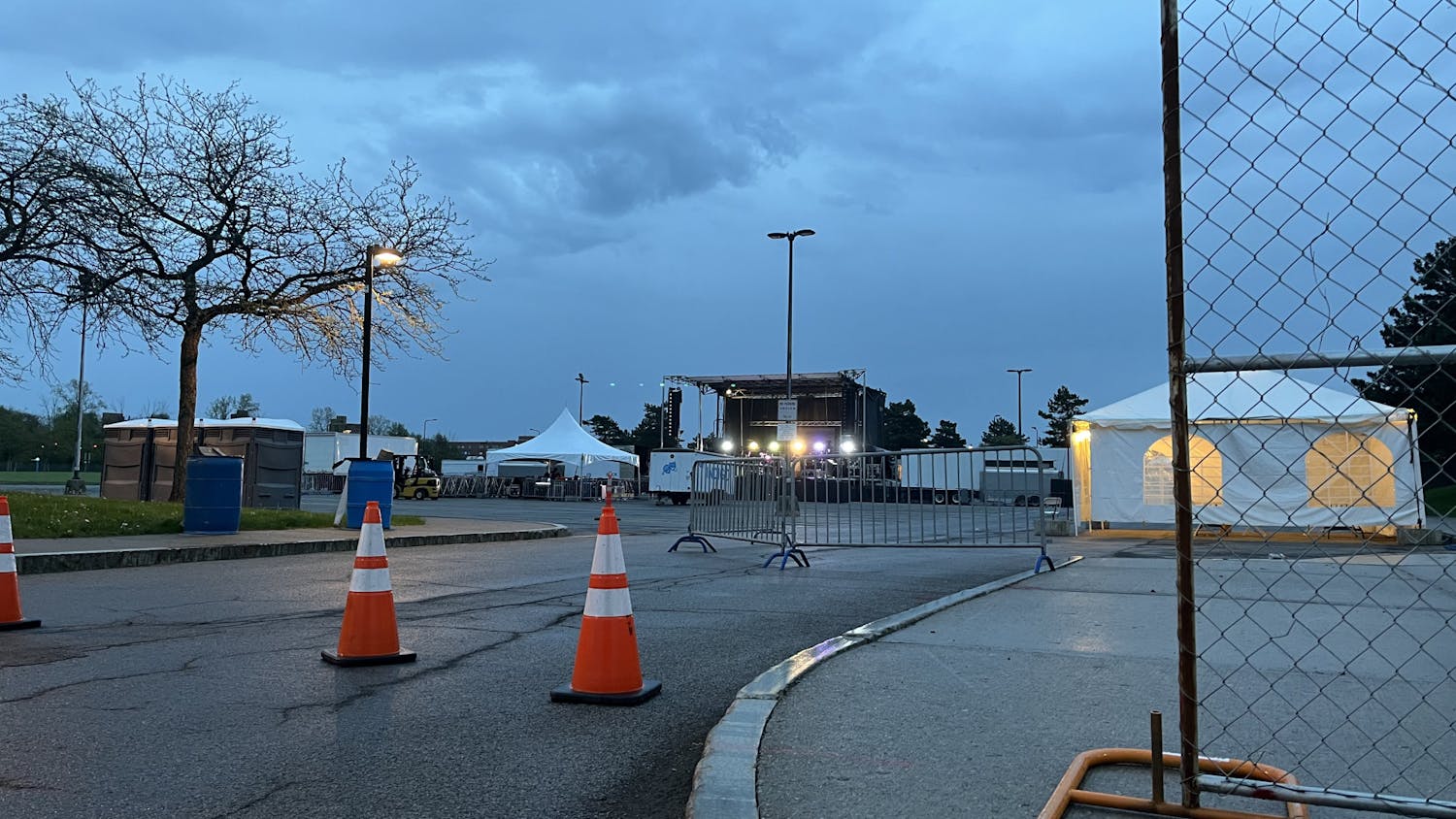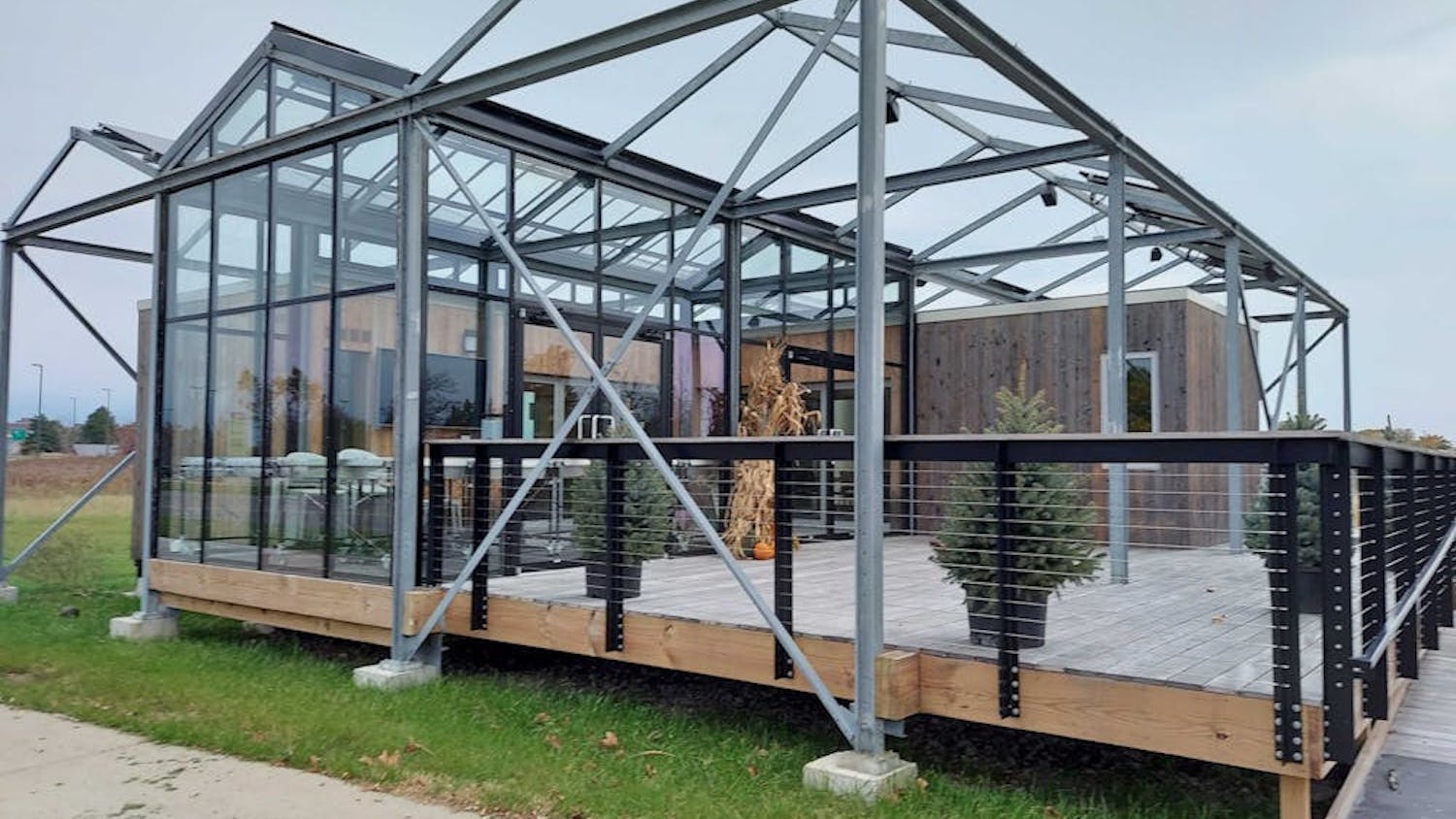After attending a national conference in Denver focused on sustainability in higher education, a few members of the UB community have brought back "a suitcase of ideas" on how to make the university a little bit greener, and they're eager to put them into action.
At an open meeting in the Student Union on Monday, a presentation was given on opportunities to reduce the environmental impact of the UB community. It was followed by an open discussion with feedback and suggestions.
Jim Simon, an associate environmental educator for UB Green, along with Liz Alnutt and Paul Stephan, both members of the SA Department of Environmental Affairs, contributed to the slide-show presentation.
According to Simon, who spoke first, one of the most intriguing prospects for a greener campus is the implementation of a commuter club modeled after the one in place at Stanford University.
"In addition to continuing our negotiations with NFTA for reduced-cost passes [for students], we're working on creating an on-campus bike hub for training and bicycle repairs," Simon said. "We're on the road to doing this. We just bought equipment to create bicycle repair stations at four spots around campus."
Simon also stressed the importance of working with local "offset" projects (many of which are already in place) to reduce the carbon footprint of both university and the community.
"Here at UB, according to our carbon footprint analysis, we'll need over 52,000 tons of carbon offsets so that we can reach carbon neutrality by 2030," Simon said. "So we have a lot of work to do."
Alnutt, on the other hand, focused her portion of the presentation on the tactic of "meeting students where they are" in working towards sustainability.
"I feel like we need to place more importance on asking students what they actually want to see from a department like SA Environmental," Alnutt said.
A green suggestion box and trendy, environmentally oriented events were a couple of possibilities that Alnutt believed might get students more involved.
By far the most contentious topic discussed at the meeting was the possibility of implementing a "green fee" to fund sustainability projects and events.
"We want a ‘green fee' at UB," Stephan said. "We don't want it just to be another thing people have to pay for. We want people to see that this is something really powerful. It's something they're contributing to. It's something worthwhile."
According to Stephan, the problem with the current state of funding is that while the university saves approximately $9 million a year through energy efficiency, none of that revenue is reinvested in the sustainability efforts. The "green fee" would seek to remedy this.
"I really like the idea of a green fee," said Matt Candeis, a senior biology major and an officer for the UB Environmental Network. "I can see with the student fee, for instance, [while] we all have to pay it, it usually goes to something really annoying in the Student Union that 90 percent of the time students don't care to take part in. So how could you make [the ‘green fee'] more appealing to a greater number of students?"
Other difficulties with the idea were also discussed, the two most significant being the bureaucratic obstacles involved in getting such a fee implemented and lack of student support.
As one attendee noted, a general sense of ignorance about the existence and work of the environmental groups is likely a significant cause of the lack of student support.
"As an average student, it's hard for me to hear about some of these groups, not because people don't necessarily want to hear, [but] just because you guys don't get out there as much," said Ashley Mervine, a senior undecided major. "Is there any way that you guys can continue to gain support by putting [yourselves] out there and letting us average students see what you can do?"
Mervine suggested a campus-wide e-mail containing the university environmental organization's most recent efforts and upcoming events.
A number of members of the UB administration were also present at the meeting, providing the students with advice about the practicality of implementing some of the proposals.
Although no decisions were made, the meeting concluded with a tone of enthusiasm and optimism about the future of the university's sustainability efforts. However, if changes are going to be made, it's clear that Simon and his colleagues will need the support of the student community.




